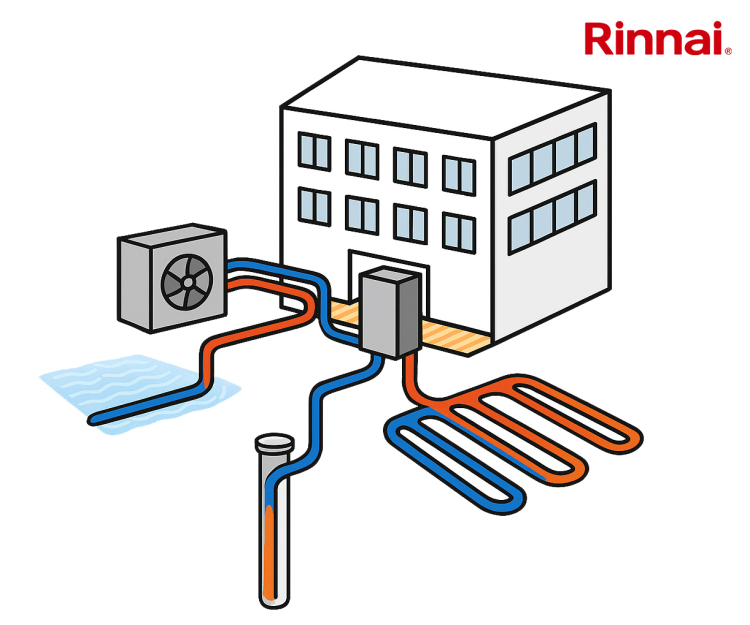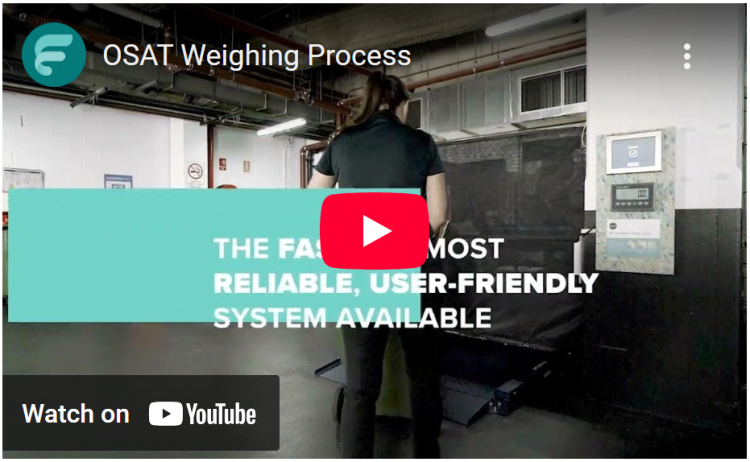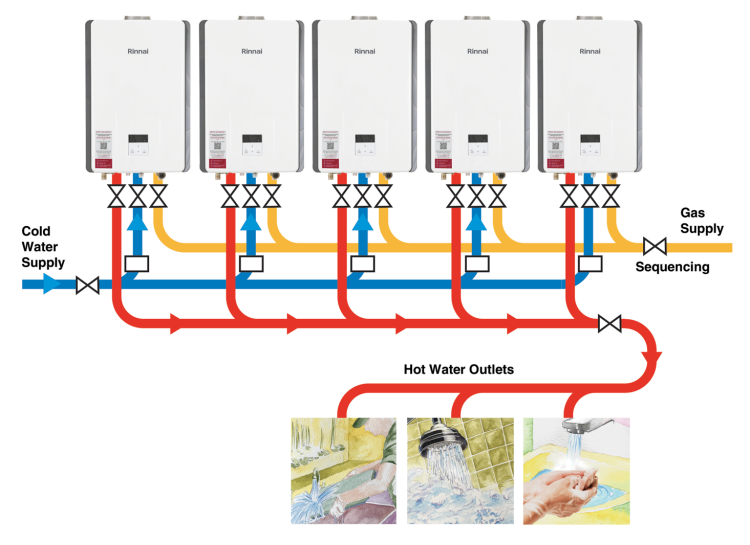- Content
- Opinion
- Maximising IoT Investments: 5 Essential Tips for Facilities Managers
10 June 2024 | Updated 24 June 2024
Unlock the full potential of IoT in your facilities with these five expert tips, ensuring efficiency, cost-effectiveness, and enhanced management capabilities.
In this Opinion piece, Dan Teare, Founding Partner of DJT Partners outlines how FMs can get more from their investment in IoT, turning data into valuable actions.
DJT Partners, an organisation set up to assist businesses working in facilities management to understand data, cloud computing, software and IoT in their own business contexts. Dan has over 20 years of experience in the FM industry and 10 years working for industry-leading software and technology companies. He set up DJT to bring his technical knowledge and industry expertise under one roof. His specialisms include everything from simple IoT monitoring solutions and software implementations to designing and building bespoke mobile applications and software.
.jpg)
Picture: a photograph of Dan Teare
Maximising Your IoT Investment
The Internet of Things (IoT) is revolutionising facilities management, offering unprecedented control and insight into building operations. Facilities managers are increasingly investing in IoT technologies from automated lighting systems, Co2 monitors, smart cameras, and predictive maintenance tools. These investments are typically driven by a need to improve energy efficiency, improve the working environment, enhance security, streamline maintenance processes, and optimise space utilisation.
For instance, smart Co2 sensors and automated lighting systems can adjust BMS settings based on real-time occupancy data, significantly reducing energy costs. Security cameras integrated with Artificial Intelligence (AI) overlays can provide monitoring and alerts using the cameras not only for the safety of the premises but other functions as well. Predictive maintenance tools use data from sensors to anticipate equipment failures, minimising downtime and repair costs using AI to establish a route cause analysis and recommending the correct course of action to resolve the cause and not the symptom of the problem. With these technologies, facilities managers can be assured, and reassure their clients, that data-driven decisions are being made, resulting in more efficient and effective management of their facilities.
IoT now plays a critical role in reducing the carbon footprint of buildings. By optimising energy consumption and improving operational efficiency, more advanced IoT solutions offer 2-way automation of BMS and 3rd party controls to help facilities managers contribute (and evidence) sustainability goals. Smart sensors can monitor and control heating, ventilation, and air conditioning (HVAC) systems to ensure they operate efficiently, reducing unnecessary energy use and emissions. Automated systems can also manage lighting to minimise energy waste, further supporting environmental objectives.
1. Prioritise Data Security
With the integration of IoT devices, ensuring robust data security measures is crucial. Implementing strong encryption, secure communication protocols, and regular security audits can protect sensitive information and maintain the integrity of your IoT infrastructure. But there are plenty of solutions out there that can sit off your main network further reducing any risks to your data security.
2. Optimise Energy Management
IoT solutions can significantly reduce energy consumption and costs. Utilise smart sensors and automated systems to monitor and manage energy use in real-time, enabling you to identify inefficiencies and optimise energy usage across your facilities.
3. Enhance Predictive Maintenance
Leverage IoT data to implement predictive maintenance strategies. By monitoring equipment health and performance, IoT devices can predict failures before they occur, reducing downtime and maintenance costs while increasing operational efficiency. Most of the platform that will monitor this will also now offer a lifetime cost analysis tool to ensure you are getting the full picture.
4. Improve Space Utilisation
IoT technology can provide valuable insights into space utilisation. Use IoT sensors to track occupancy and usage patterns, enabling you to optimise space allocation, reduce unused areas, and enhance the overall efficiency of your facility management. Hot desking is commonplace now, but issues are arising around meeting room usage and booking, if you find an IoT solution that can integrate with your room booking system (or a room booking system that can integrate with IoT solutions as the case may be), then you will have evidence of all the senior executives who are booking 12 person meeting rooms for 4 hours, when in fact it was a 2 person meeting taking just 15 mins.
5. Foster a Culture of Innovation
Encourage your team to embrace IoT technology and its potential. Providing training and fostering a culture of innovation can ensure that your staff is equipped to utilise IoT solutions effectively, leading to continuous improvements and successful IoT implementation. The only way to release any value is not letting the data “die on a dashboard”.
The Real Secret
The real key to leveraging any value from IoT is not to let the data stop at the dashboard. The data gathered must be analysed and interpreted into actionable insights. By adopting a continuous improvement approach, facilities managers can implement these actions, monitor their impact on the data, and create further actions based on the results. This cycle of action, monitoring, and adjustment magnifies the big gains and ensures that the IoT investments continually deliver increasing value. Effective data analysis and implementation of insights are crucial to realising the full potential of IoT in facility management.
Picture: a graphic demonstrating the reach of cloud computing and technology. The graphic shows a cloud in the centre, with several icons connected by lines. Icons include, a mobile phone, a printer, a microphone, a vacuum cleaner and a power drill. Image Credit: Pixabay
Article written by Dan Teare | Published 10 June 2024
Share
Related Articles
Regulator of Social Housing Reveals Increasing Focus on Stock Condition
Emma Mahy summarises the main findings of the final analysis of the Regulator of Social Housing’s report into damp and mould in social housing
Released on 28...
Read Full Article
How to Identify and Address IoT Security Weaknesses
Data-driven facilities management is now the expected norm, but security concerns about IoT systems still remain amongst FMs and tenants.
The Internet of Things (IoT)...
Read Full Article
Smart Buildings at Increased Risk of Cyber Attacks, Says Verdantix
The operational technology that powers connected devices across building systems is providing more entry points for cyber criminals to exploit, says research and advisory...
Read Full Article
Asda Trials IoT Sensor Technology
Asda has launched an innovative project at its Stevenage tech store as part of a series of trials in partnership with Hark and SeeChange.
The project includes the use...
Read Full Article
Morgan Sindall Launches Machine Learning Software for Maintenance Insights
Morgan Sindall Property Services is to use a machine learning platform to provide social housing landlords and tenants with real-time insights to help them ensure...
Read Full Article
Office Occupancy Peaks as Schools Reopen
Office occupancy has reached its highest level since March 2020 in the first weeks of September.
Using IoT sensors to track occupancy levels, new data released by...
Read Full Article
Disruptive Technologies Named Property Tech Company Of The Year
Disruptive Technologies, the creator of the world’s smallest wireless sensors, has been named the Property Tech Company of the Year at the Global Business Tech...
Read Full Article
Smart Technology Comes to London Docklands Light Railway
PropTech company WeMaintain has signed a contract with KeolisAmey Docklands to supply smart maintenance solutions to all London Docklands Light Railway stations.
The...
Read Full Article
Half of UK Employees Want Access to Workplace Virus Data
Infogrid has announced the results of a survey it conducted on what employees expectations for a healthy workplace are, as restrictions ease in England.
Surveying...
Read Full Article
Flexible and Printed Sensors – Five Applications for FMs
Research shows that innovative printed and flexible sensors can offer several benefits over their more established rigid counterparts.
Technology market research...
Read Full Article


.gif)
.gif)
.gif)


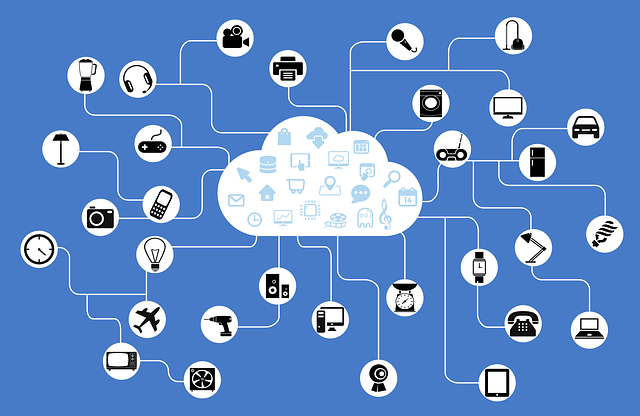
.jpg)

.png)

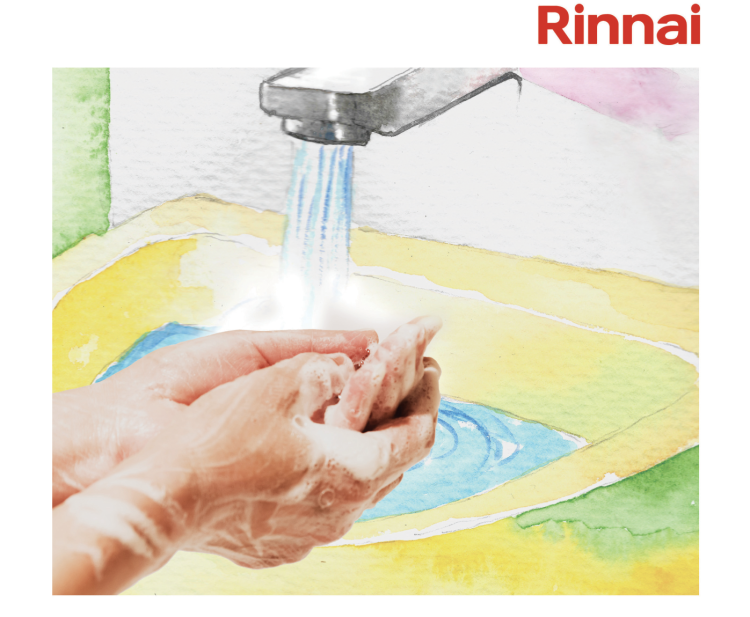
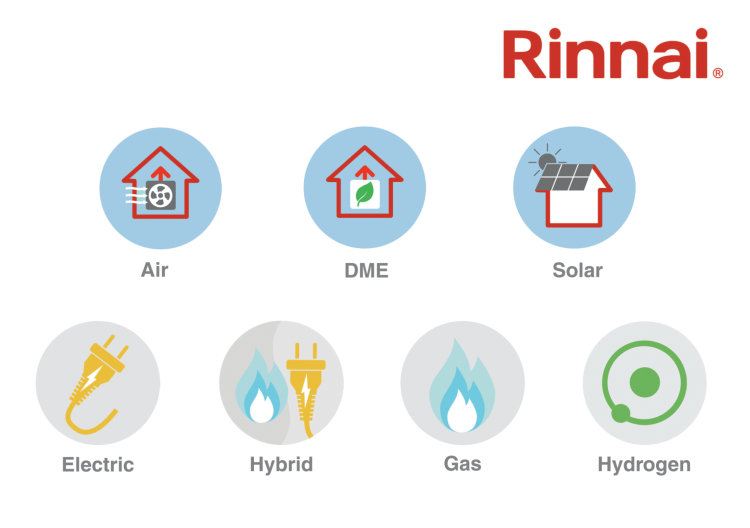
.png)
